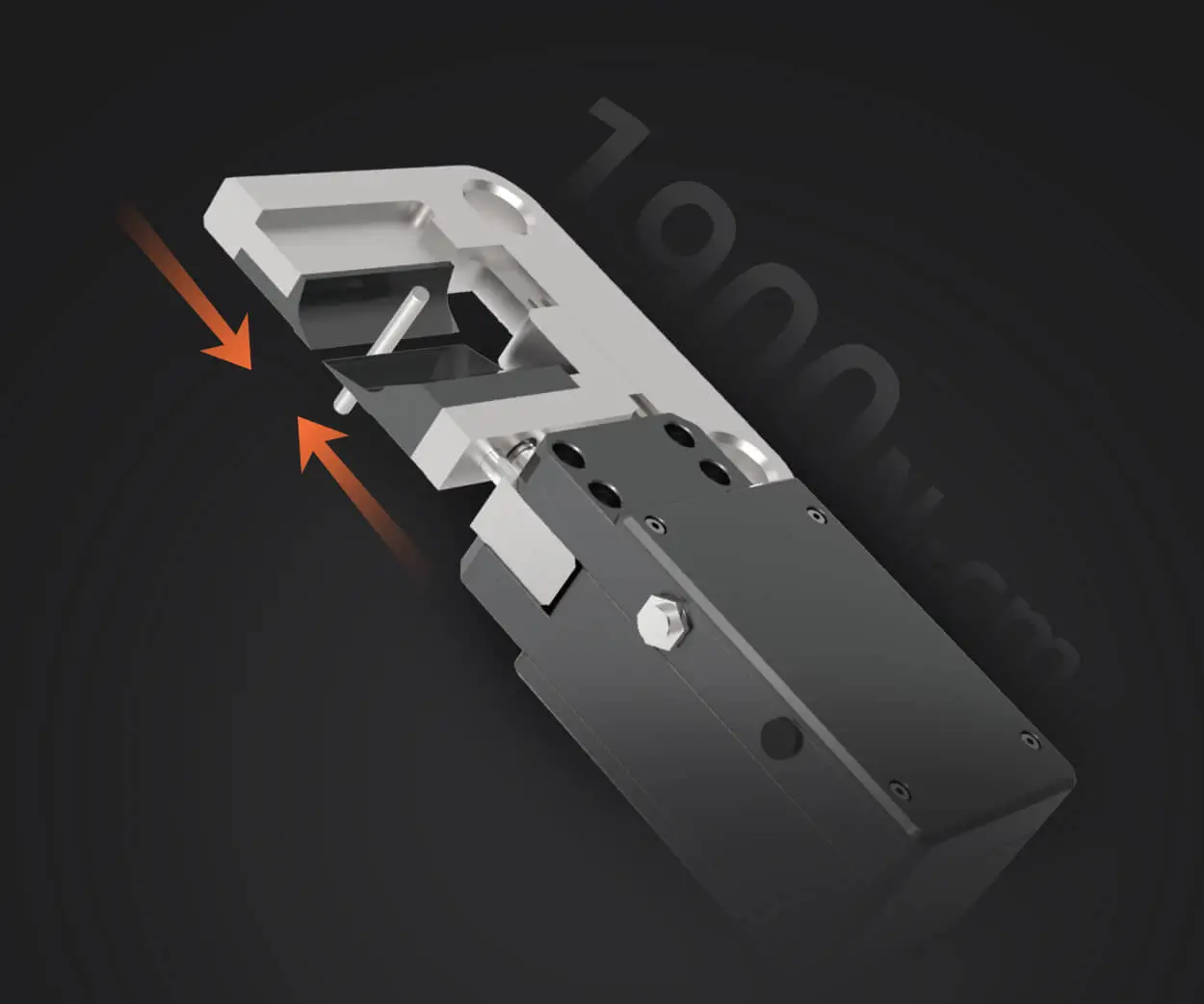Unlocking Performance: How Yamaha Motor Gear Ratios Influence Power and Efficiency
When it comes to motorcycle performance, enthusiasts often focus on engine upgrades, exhaust systems, or suspension modifications. But one vital component that often goes underappreciated is the gear ratio—specifically in Yamaha bikes, which are renowned for their durability, versatility, and engineering precision. Gear ratios act as the bridge between your engine’s power output and the wheels’ motion, orchestrating how smoothly, swiftly, and efficiently your motorcycle performs.

What is a Gear Ratio?
Put simply, gear ratio refers to the relationship between the number of teeth on the driven gear (sprocket or gear attached to the wheel) and the drive gear (sprocket or gear attached to the engine). If you think of this as a dance between two gears, the ratio determines how many rotations of the engine’s crankshaft translate into a revolution of the wheel.
For Yamaha bikes, this ratio can be adjusted either via sprockets or internal gear mechanisms, providing flexibility to tailor performance based on riding style, terrain, or desired power characteristics.
The Role of Gear Ratios in Performance
Imagine a Yamaha motorcycle on a scenic mountain road. The right gear ratio can mean the difference between effortless acceleration and sluggish response.
High gear ratios (large rear sprocket relative to the front) offer more torque at the wheel, making the bike accelerate faster from a standstill or climb steep inclines with ease. This setup is often favored in off-road, motocross, or city commuting scenarios.
Low gear ratios (smaller rear sprocket relative to the front) tend to favor top speed and smoother cruising. However, this often comes at the cost of initial acceleration, which might be less ideal for racing or aggressive riding.
Yamaha’s lineup—including the R-series, YZF models, and touring bikes—aligns different gear ratios with their target usage. For example, a Yamaha YZF-R3 emphasizes quick acceleration and agility, meriting a different sprocket setup than a Yamaha V-Star cruiser crafted for relaxed cruising over long distances.
How Yamaha Engineers Fine-tune Gear Ratios
Yamaha’s engineering team meticulously calculates gear ratios to optimize each model's performance. They leverage computational models and real-world testing to determine the ideal sprocket sizes, balancing power delivery with fuel economy.
In some cases, Yamaha offers factory-installed options or aftermarket sprocket sets, allowing owners to customize their ride without needing extensive mechanical modifications. These adjustments can dramatically influence how your Yamaha responds at different speeds.
Practical Impacts of Adjusting Gear Ratios
Adjusting gear ratios isn’t just about raw power. It affects:
Acceleration: A lower gear ratio provides quicker acceleration, perfect for stop-and-go traffic or track racing. Top Speed: Higher gear ratios reduce engine RPM at top speeds, leading to quieter, more fuel-efficient cruising. Fuel Efficiency: Gear ratios influence how hard the engine works; mismatched setups can increase fuel consumption. Clutch and Transmission Wear: Some ratios may place more stress on your bike’s transmission over time, so choosing the right setup supports durability.
Yamaha Models and Gear Ratio Ranges
Different Yamaha models are designed with specific gear ratios in mind:
Sport bikes (Yamaha YZF series): Benefit from close-ratio gears promoting rapid acceleration and high top speeds. Cruisers (V-Star, Road Star series): Favor wider ratios to enhance torque and smooth throttle response. Off-road bikes (YZ series): Often feature tall gear ratios suited for rugged terrain and quick responsive handling.
By understanding these distinctions, Yamaha owners can make smarter choices depending on their riding style and circumstances.
Established in 2005, Kpower has been dedicated to a professional compact motion unit manufacturer, headquartered in Dongguan, Guangdong Province, China.




































